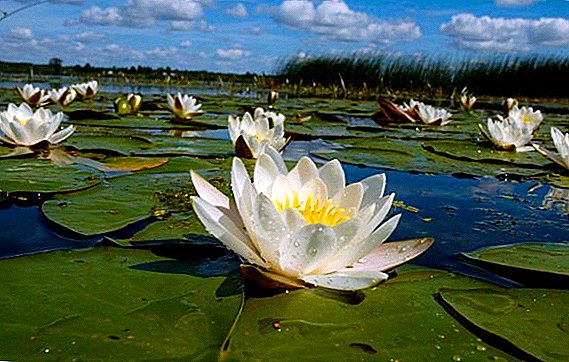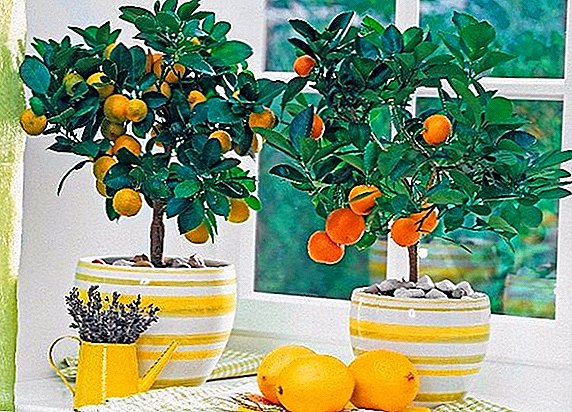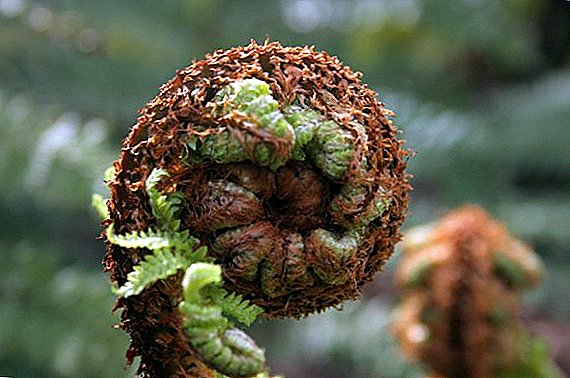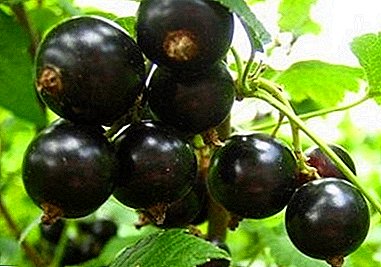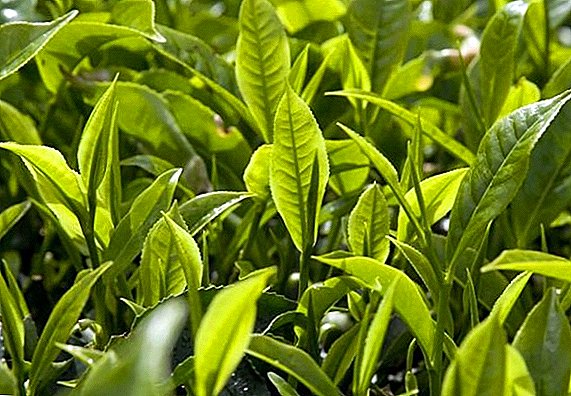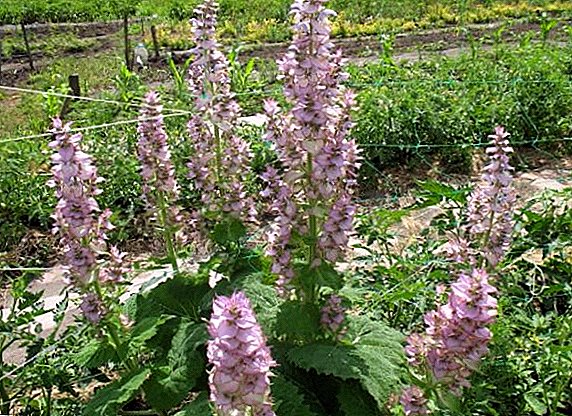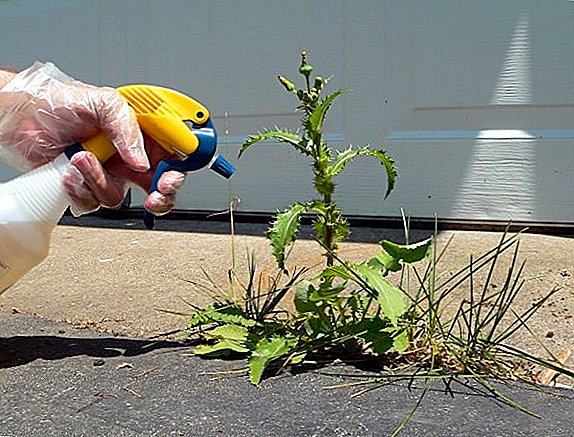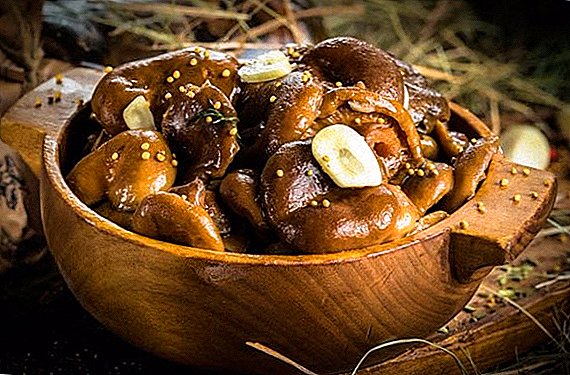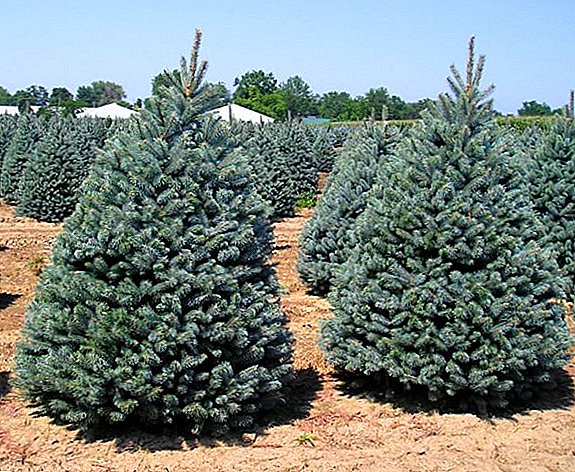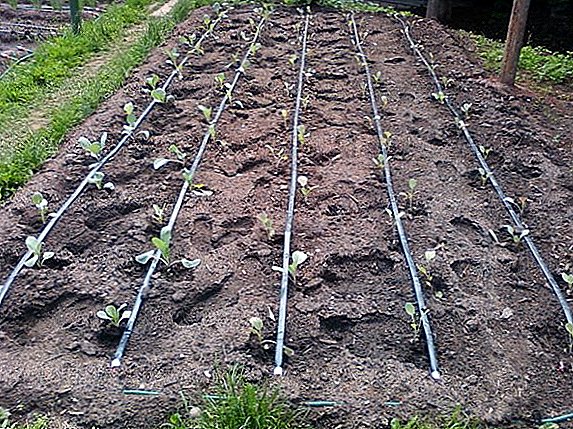 Drip tape is an integral part of the design that irrigates the land.
Drip tape is an integral part of the design that irrigates the land.
In order for the irrigation system to be as efficient as possible, it is necessary to take seriously the question of choosing the necessary equipment.
What is drip tape used for?
Drip tape allows you to provide optimal irrigation of virtually any area, regardless of its landscape features. The distinctive characteristic of the drip tape is the ability to carry out dosed irrigation. This is a very rational approach, thanks to which you can more economically spend money and at the same time get the most from land resources.
 Before getting into the design of the drip tape, the water passes through the filter. This avoids contamination of the system and significantly increases its service life. Then water enters the regulating channel of the belt and passes through many filtering holes on its way. After that, the water enters the labyrinth channel, where the water flow is regulated, and then it rushes to the outlet.
Before getting into the design of the drip tape, the water passes through the filter. This avoids contamination of the system and significantly increases its service life. Then water enters the regulating channel of the belt and passes through many filtering holes on its way. After that, the water enters the labyrinth channel, where the water flow is regulated, and then it rushes to the outlet.
Tape for drip irrigation provides water directly under the root system of the plant. This irrigation scheme ensures the full development of crops and also prevents the rapid growth of weeds. Also drip irrigation is used to eliminate the possibility of sunburn in plants.
Did you know? Watering the soil in the evening or at night contributes to significantly less evaporation of water, and the plants absorb the necessary amount of moisture before the upcoming hot day.
Types of drip tapes
 Competent selection of drip tape is the key to proper watering. Varieties of hoses for drip irrigation, which are on store shelves, are quite diverse. But there are several basic types that have certain characteristics. To select the appropriate tape, you need to proceed from what specific tasks will be performed by the autowatering system.
Competent selection of drip tape is the key to proper watering. Varieties of hoses for drip irrigation, which are on store shelves, are quite diverse. But there are several basic types that have certain characteristics. To select the appropriate tape, you need to proceed from what specific tasks will be performed by the autowatering system.
The drip system of water supply is represented by two main types: the drip tape itself and the usual hose with special droppers attached to it. First option - This is a hose that has droppers built in (miniature holes). Second option - This is a set of droppers that are independently connected to the hose.
Important! In the design of the drip tape can not make any additional holes, since such manipulations will quickly bring it into disrepair.
Crevice
 Tape drip irrigation of this type has a flexible labyrinth inside, which slows down the flow of water and makes its flow more uniform. In certain places, ribbons are made with thin slit-like holes through which water seeps out. This type of drip tape is easy to install and reliable in subsequent operation. Among the shortcomings, it is possible to highlight the need for careful filtration of water, since narrow gaps are often clogged with a fine suspension.
Tape drip irrigation of this type has a flexible labyrinth inside, which slows down the flow of water and makes its flow more uniform. In certain places, ribbons are made with thin slit-like holes through which water seeps out. This type of drip tape is easy to install and reliable in subsequent operation. Among the shortcomings, it is possible to highlight the need for careful filtration of water, since narrow gaps are often clogged with a fine suspension.
Important! In drip tapes with low drainage, the size of the holes should be 100 microns.
Emitter
The emitter view of the drip irrigation tape is characterized by the location of a labyrinth that regulates the water pressure inside small droppers emitters. Such droppers are built in a tape on all its length. The special design of the emitters creates turbulence, due to which the water flow is self-cleaning of the particles contained in it. Emitter Drip Tape Operation More Costly compared to other types of tapes. If you can afford it, then emitter drip tape will be an excellent option.
Did you know? Determine the degree of water salinity will help plant licorice. A weak flowering plant and the appearance of light bloom on the leaves indicates a high degree of salinity.
Labyrinth
 In this type of watering ribbons, the channel has a zigzag shape that significantly reduces the speed of water movement. The undoubted advantage of the labyrinth tape is a uniform heating of the water, which, in turn, is suitable for most plants. Of the minuses can be identified lack of irrigation. The labyrinth tape is the most budgetary option, but today it is considered obsolete, since there are more efficient types of watering. Also among the shortcomings of the labyrinth tape can be identified frequent breakdowns and installation complexity.
In this type of watering ribbons, the channel has a zigzag shape that significantly reduces the speed of water movement. The undoubted advantage of the labyrinth tape is a uniform heating of the water, which, in turn, is suitable for most plants. Of the minuses can be identified lack of irrigation. The labyrinth tape is the most budgetary option, but today it is considered obsolete, since there are more efficient types of watering. Also among the shortcomings of the labyrinth tape can be identified frequent breakdowns and installation complexity.
The main characteristics when choosing drip tape
When thinking about which drip tape to choose - labyrinth, slit or emitter - pay attention to some factors that will help you choose the best option.
Important! Constantly check all the holes of the drip tape - they must pass the same amount of water.
Diameter
The diameter of the tape plays an important role. Often in the tape, the length of which does not exceed 300 m, the diameter of the tube is 16 mm. If the tape has a length of 300-750 m, the diameter of the tube is 22 mm. A suitable drip tape for irrigating your land and its choice depends on two factors - the required length of the tape and the pressure in the plumbing system.
Wall thickness
 Pay particular attention to the wall thickness of the drip tape. From this parameter depends on the strength of the entire tape, as well as its functionality and lifetime. Thus, systems characterized by an increased wall thickness are best suited for watering crops with a long maturation period. Types of drip tapes with thinner walls are ideal for almost any early maturity crops.
Pay particular attention to the wall thickness of the drip tape. From this parameter depends on the strength of the entire tape, as well as its functionality and lifetime. Thus, systems characterized by an increased wall thickness are best suited for watering crops with a long maturation period. Types of drip tapes with thinner walls are ideal for almost any early maturity crops.
Did you know? Water obtained through watering evaporates through the leaves. Thus, thermoregulation of the plant occurs, which is especially important on hot days.
Hole spacing
Also, do not overlook the distance between the outlet openings. For example, for plants that are close to each other, need to use drip tape with a small distance between the holes. When determining the optimal distance, it is necessary to take into account the type of soil on a particular land plot. Drip tube with integrated droppers, the distance between which is 30 cm, suitable for medium-grained soil.
Water flow
 The water flow of the drip tape depends on two factors: the length of the tape itself and the need of plants for water. Low water consumption for irrigation reduces friction and allows for more efficient watering of long rows of plants. Also, the system will not need a higher level of filtering. Pay attention to the pressure in the emitter. If it is 0.7 bar, then the choice of drip tape is made on the basis of the following parameters:
The water flow of the drip tape depends on two factors: the length of the tape itself and the need of plants for water. Low water consumption for irrigation reduces friction and allows for more efficient watering of long rows of plants. Also, the system will not need a higher level of filtering. Pay attention to the pressure in the emitter. If it is 0.7 bar, then the choice of drip tape is made on the basis of the following parameters:
- consumption 1.5 l / h: suitable for irrigation of crops from the reed family;
- flow rate 1.0 l / h: universal watering for a diverse type of soil and most crops;
- flow rate 0.6 l / h: any tape with a low infiltration rate is suitable; it can irrigate the soil for a long period of time. Perfect for pipelines with a sufficiently large length.


